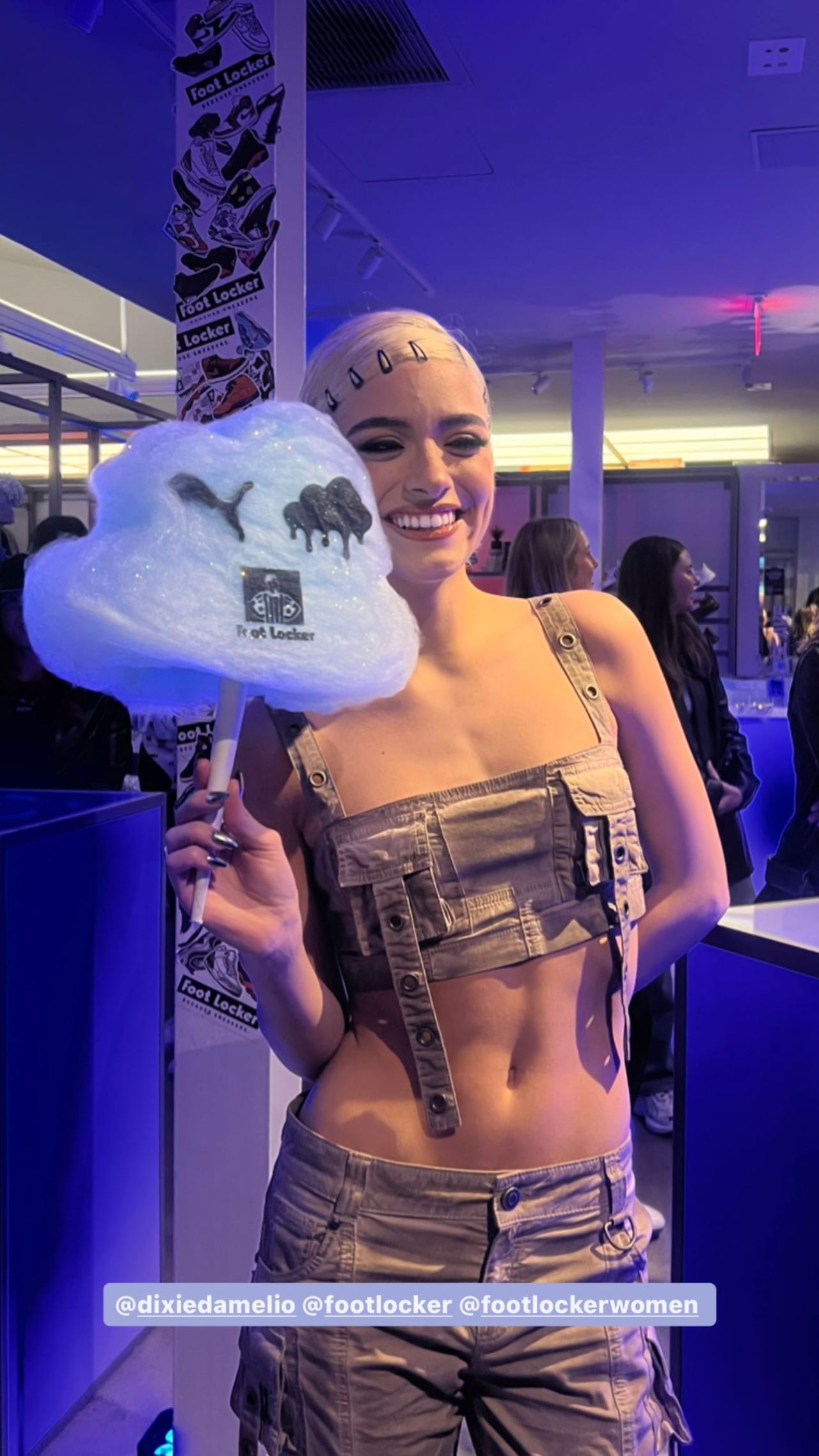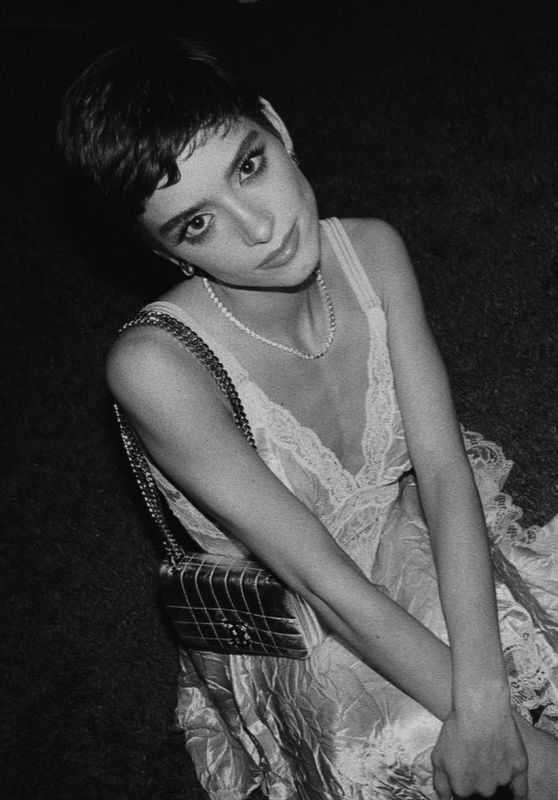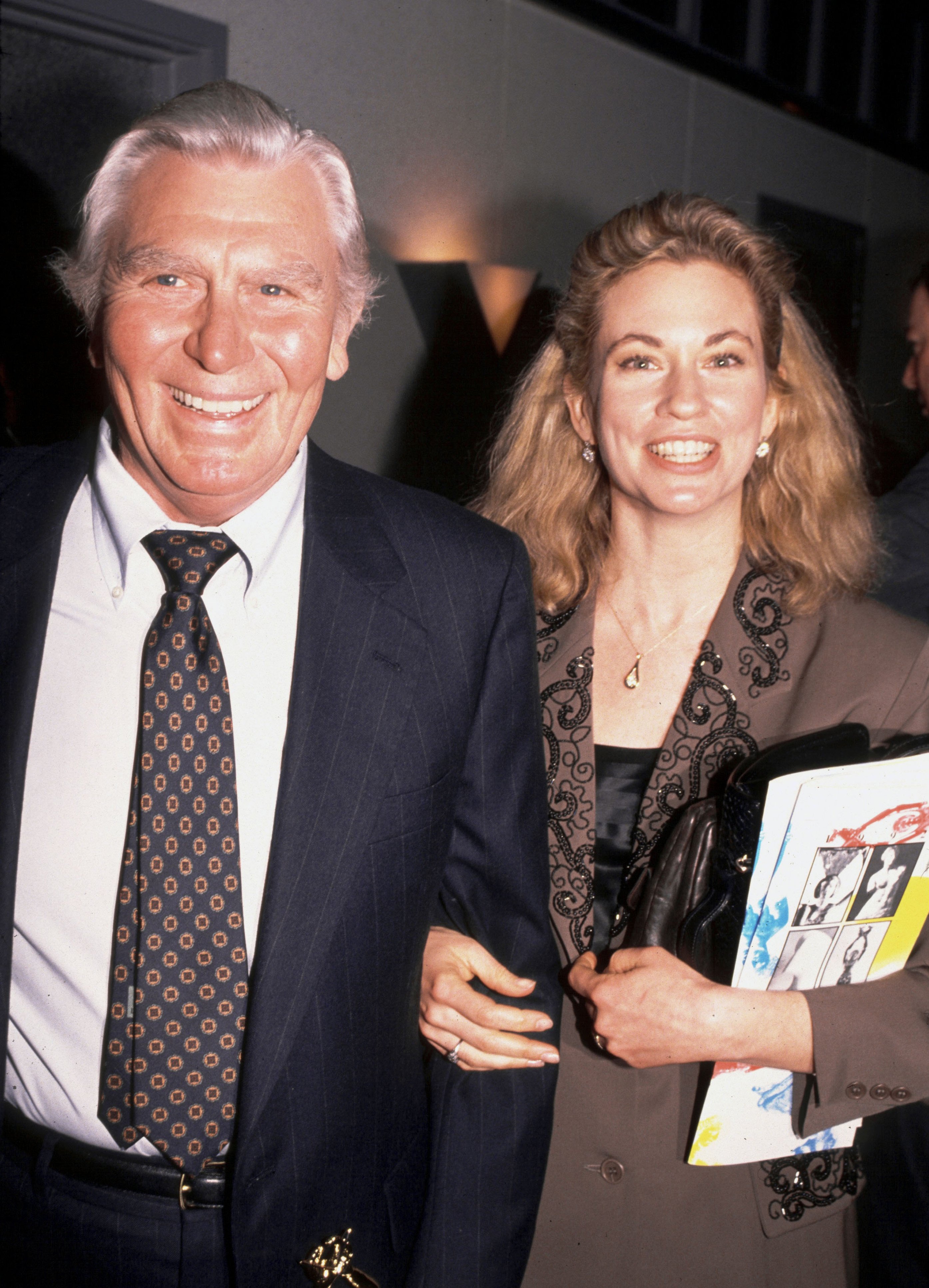Who was Dixie Griffith, and why does her life continue to resonate with so many? Dixie Griffith’s story is one of legacy, connection, and a quiet yet profound impact on those who knew her or admired her father's work. As the adopted daughter of Andy Griffith, one of America’s most cherished actors, Dixie lived much of her life out of the spotlight but carried forward her family’s values and charm. Her untimely passing in 2012 left behind not only memories but also an estate filled with treasures that reflected her passions and interests. This article delves into her background, personal pursuits, and contributions to preserving her father’s legacy while exploring how she connected with fans through shared experiences.
Born on December 15, 1946, Dixie Griffith grew up in a household defined by warmth and humor—a reflection of the character her father portrayed on The Andy Griffith Show. Though she did not pursue acting herself, Dixie remained deeply involved in honoring her father’s memory. She participated in events celebrating Mayberry culture, joined tribute artists, and even collaborated with fellow children of television icons like Karen Knotts (daughter of Don Knotts). These appearances allowed her to connect directly with fans who cherished the world created by her father. In 2012, at the age of 65, Dixie passed away, leaving behind a rich tapestry of stories and belongings that would later be auctioned off, offering glimpses into her private life.
| Name | Dixie Griffith |
|---|---|
| Date of Birth | December 15, 1946 |
| Date of Death | May 22, 2012 |
| Place of Residence | Denver, Colorado |
| Family Background | Adopted daughter of Andy Griffith and his first wife, Barbara Edwards |
| Profession | Community advocate, event speaker, and collector |
| Notable Contributions | Participated in Mayberry tribute events; helped preserve her father’s legacy |
| Reference Website | Main Street Media TN |
The auction of Dixie Griffith’s estate revealed much about her personality and interests. Held on September 16th, the sale showcased over 200 pieces of Blue Willow ware, hundreds of Barbie dolls, and an impressive collection of depression glass, including more than 1200 pink items. Among these treasures were rare examples such as covered figural powders and perfumes. Additionally, the auction featured a substantial Coca-Cola memorabilia collection, general antiques, doll furniture, sleds, and other unique artifacts. The sheer volume of items—spanning three levels of her home—demonstrated Dixie’s passion for collecting and preserving items that held sentimental value or historical significance.
In December, Dixie had planned visits to areas like Gordo, where she intended to make special appearances alongside tribute artist Junkin, who famously portrayed Sheriff Andy Taylor. Such engagements highlighted her commitment to keeping the spirit of Mayberry alive. By sharing anecdotes and reflections about her father, Dixie bridged generations of fans, ensuring that the warmth and authenticity associated with The Andy Griffith Show endured beyond its original run.
One notable event featuring Dixie was the Mayberry–Lucy Days celebration in Granville, Tennessee, scheduled for April 12-13. Alongside Karen Knotts, she was set to share personal stories and insights into their fathers’ lives during this two-day festival. Their joint presentation, titled “Reminisce With Griffith & Knotts,” promised attendees an intimate look at the men whose characters became cultural touchstones. Through these collaborative efforts, both women worked tirelessly to honor their parents’ legacies while fostering community among fans.
While much of Dixie’s life unfolded away from public scrutiny, her presence at fan gatherings and charity functions ensured she remained a vital link between Andy Griffith’s fictional world and reality. Her decision to engage with admirers demonstrated grace and humility, qualities often attributed to her father. Even after her passing, the items from her estate provided further insight into her character, revealing someone who cherished beauty, history, and connection.
Dixie Griffith’s reflections on her father’s life offer valuable context for understanding the man behind the iconic role. In interviews, she spoke candidly about whether Andy Griffith resembled Sheriff Andy Taylor, acknowledging similarities but emphasizing key differences. For instance, while her father possessed the same kindness and wit seen on screen, he also harbored deeper complexities shaped by his real-life experiences. Dixie’s perspective enriched discussions around Andy Griffith’s career, helping audiences appreciate the nuances that made him such a beloved figure.
Ultimately, Dixie Griffith’s life serves as a testament to the enduring influence of The Andy Griffith Show. Though she avoided the limelight, her dedication to perpetuating her father’s legacy ensured that his impact continued long after his final performance. From participating in tribute events to curating a vast collection of memorabilia, Dixie embodied the same generosity and goodwill that defined her father’s career. Her contributions remind us that legacies are not solely built through fame but through genuine connections forged over time.




